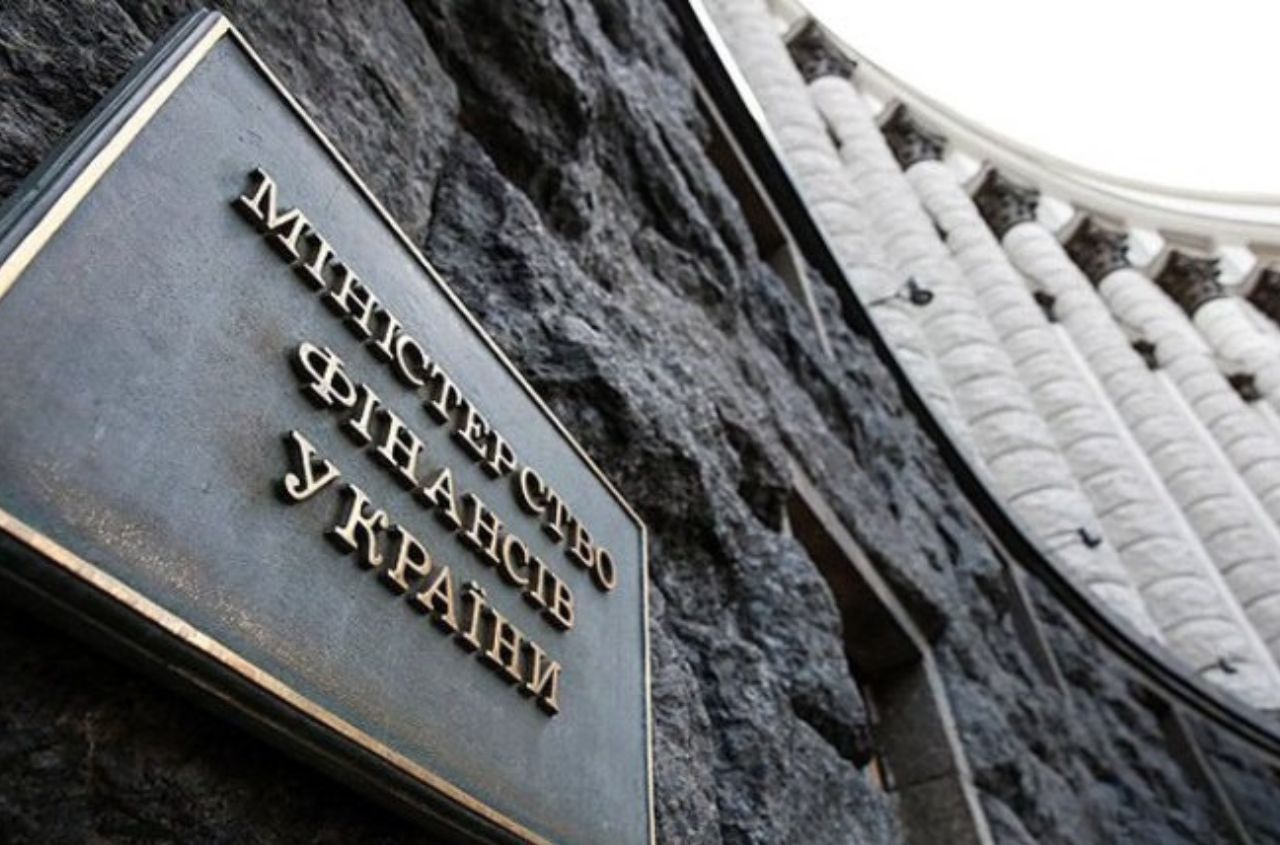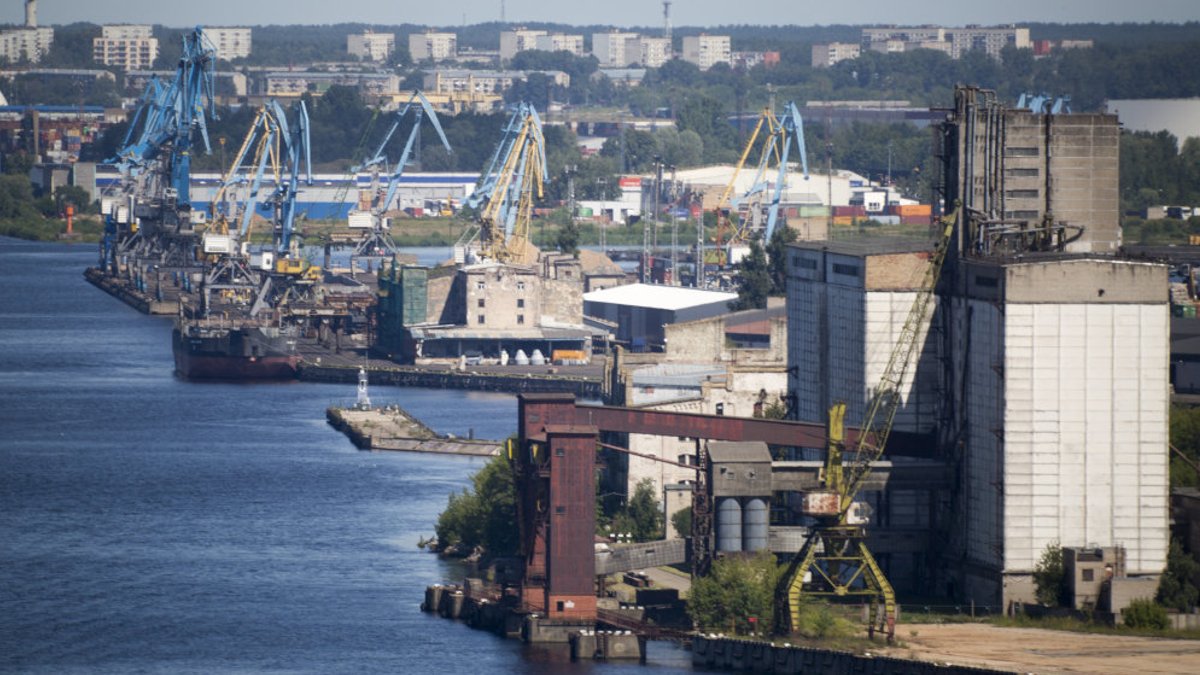From January 1 to August 19, 2024, the number of Ukrainian migrants abroad increased by nearly 400,000 people, reaching 6.7 million. This was reported by the National Bank of Ukraine in its monthly macroeconomic and monetary review for September 2024.
The report lists the countries where the largest number of Ukrainian refugees have settled:
- Germany: 1.1 million people
- Poland: 976,000 people
- Czech Republic: 361,000 people
The National Bank noted that host countries are gradually tightening conditions for Ukrainian citizens.
In Poland, conditions are being created for transitioning from temporary protection to residency. As of July 2024, the one-time allowance of 300 zlotys for living and the 40 zlotys for living and food in private homes have been canceled for most.
In the Czech Republic, a limit is being introduced for residence in state humanitarian housing—no more than 150 days. After this period, standard rental conditions apply.
In Germany, the employment rate among Ukrainians is the lowest in the EU due to significant social benefits, which are planned to be reviewed. There will also be stricter responses to refusal to work.
Ukrainian authorities are openly interested in having Ukrainians return home: both to increase tax revenues and boost the state budget, and to mobilize for the army and support the labor market, which continues to face challenges.
“The shortage of workers, especially skilled ones, remains significant. After a slight decrease, likely caused by reduced demand due to business interruptions from energy supply issues, the Institute of Economic Research (IER) survey shows that the shortage of skilled workers has reached a new peak. According to the Razumkov Center survey, 60% of employers reported a shortage of staff in their companies,” the National Bank’s review states.
Additional points from the National Bank’s analysis include:
- Ukraine's budget needs in August were primarily financed through increased international aid. A total of $8.4 billion was received, of which $5.5 billion were grants.
- The growth of short-term hryvnia deposits by the population ceased in June, which officials attribute to increased devaluation expectations and rising household expenses on energy equipment.
- In August, the energy situation stabilized, notably due to the resumption of nuclear power plant operations and normalization of temperatures after record heat in July. As a result, business expectations improved and economic activity revived.
- Industrial inflation—the rise in producer prices—continued to increase, growing from 26.7% in June to 33.3% in July. This was mainly due to rising energy prices, explained by a shortage of electricity from lost generating capacities, higher electricity import prices, and increased costs for alternative energy sources.
- Food prices accelerated, particularly bread prices due to rising raw material and production costs, as well as meat and meat products due to higher procurement prices.
- New car sales rose by 34.7% month-over-month and 34.6% year-over-year—a record high since December 2021. This increase is driven by expectations of tax changes, including a 15% military levy on the purchase of vehicles upon initial registration in Ukraine.



















